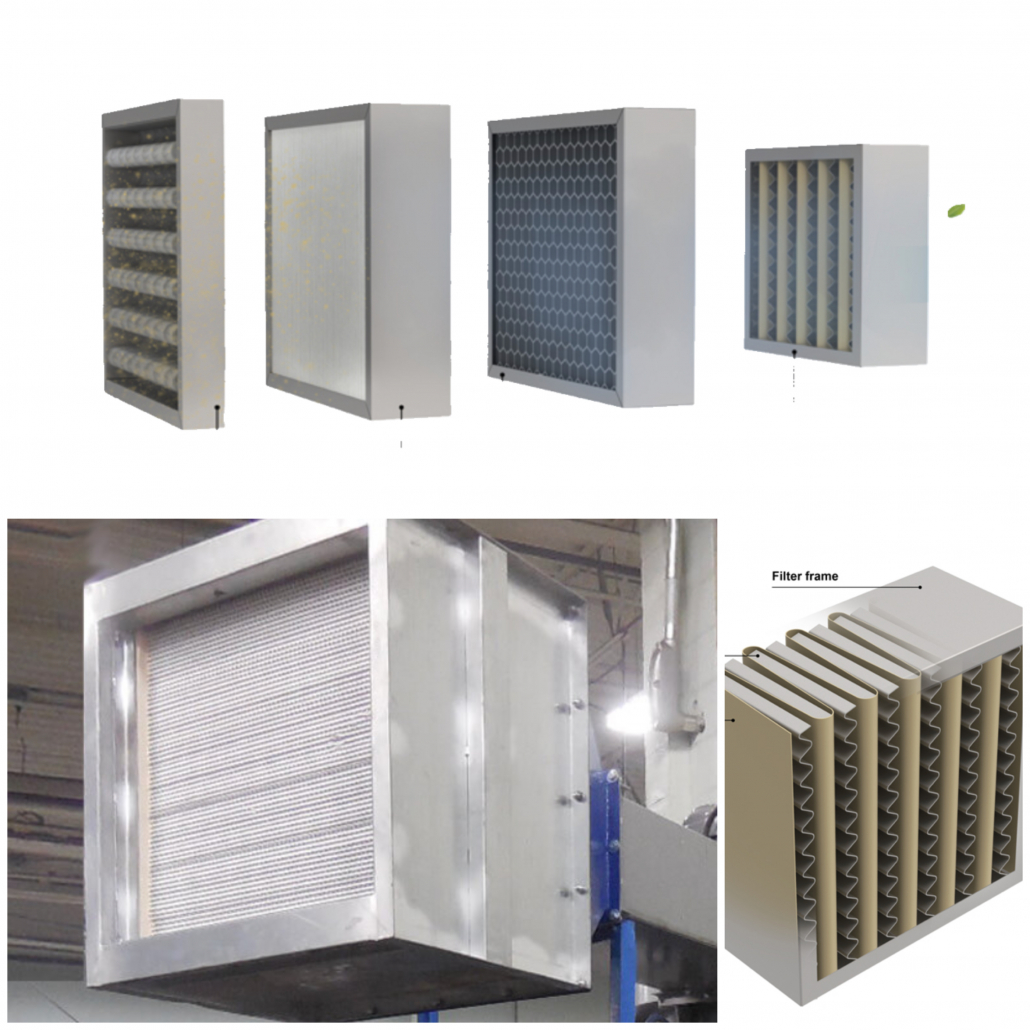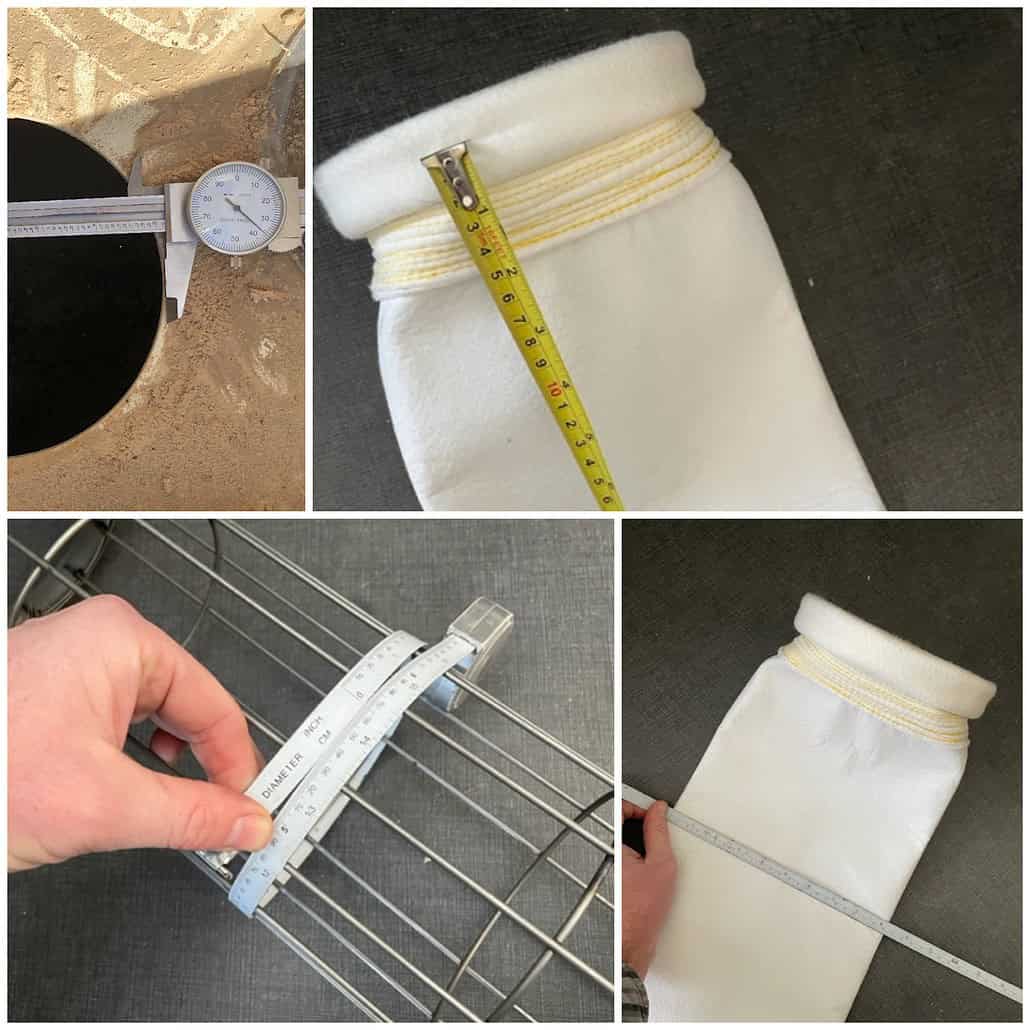Previous Baghouse.com Articles on Air Permitting:
- Industrial Air Permits – Overcoming the Difficulties
- Industrial Air Permits – Overcoming The Difficulties with Gaining Industrial Air Permits
October 3, 2012 – Baghouse.com | Recently, the EPA has been busy issuing new air pollution regulations (Cross-State Air Pollution Rule, Cement MACT, Mercury MACT, etc.) and tightened several exiting ones (NESHAPs, NAAQs, etc). With the new standards, and revisions to existing ones, many formerly compliant facilities may not find themselves no longer able to meet their existing air permits. In addition, some facilities will need to complete the application process again for new permits based on the new standards. This process can be exceedingly difficult, due to the complexity of the regulations. Many facilities end up getting lost along the way, potentially costing them millions of dollars in the process.
A while back Baghouse.com had the opportunity to speak with Trinity Consultants, an international firm that specializes in assisting industrial companies with air quality regulatory compliance challenges, about the coming changes in the regulatory scene and how companies can avoid getting lost in the process. The following are some excerpts from that interview that we feel will be helpful for our readers.
Interview with Trinity Consultants
What would you say is the most difficult section of current clean air regulation for industry to come into compliance with?
“At present, the new National Ambient Air Quality Standards (NAAQS) and associated U.S. EPA dispersion modeling requirements for demonstrating compliance with nitrogen dioxide (NO2), sulfur dioxide (SO2), and fine particulate matter (PM2.5) are the most difficult provisions of the clean air act regulations for new or modified facilities. U.S. EPA has also promulgated additional challenging requirements that affect specific industries or specific source types including National Emission Standards for Hazardous Air Pollutants (NESHAP), Maximum Achievable Control Technologies (MACT), and New Source Performance Standards (NSPS) for industrial-commercial-institutional steam generators (boilers), electric utility steam generating units (utilities), portland cement manufacturing, and others.”
What problems do you encounter with regards to dust collection/particulate matter (PM2.5)emissions?
“Dust collection, capture, and control is an important consideration for compliance with the PM2.5 NAAQS as well as compliance with the new NESHAP, MACT, and NSPS noted above. ”
One of the “scariest” new regulations is the Mercury MACT; what role will baghouses play in meeting these new standards?
“Most technologies for collecting mercury emissions involve the use of a baghouse. The most common include injecting a material to absorb the mercury in the airstream, usually activated carbon or a proprietary sorbent compound, which then needs to be collected from the airstream just like any other particulate matter would be, by the baghouse. In some cases the only way to handle this increased particulate load is to upgrade the baghouse. This could mean replacing the bags with more efficient PTFE membrane bags, expanding the baghouse (either by added more compartments, using a larger baghouse, or by switching to pleated baghouse filter elements).”
What problems do you encounter frequently with the regulatory process that are the most frustrating?
“We have clients that have had to cancel proposed capital expansion projects due to the economic and/or operational infeasibility of complying with the new NAAQS provisions for PM2.5, SO2, & NO2.”
What can companies do when they feel overwhelmed by the often complex permitting process to make sense of the situation?
“Our clients frequently request staff from Trinity Consultants to train, advise, or develop strategic guidance for their environmental, management, operations, and/or legal staff on the complex environmental topics or have Trinity Consultants directly assist with their permitting and compliance needs.”
What do you feel is the most important thing for companies to keep in mind with regards to compliance issues?
“Stay up to date (fresh, timely) on the regulatory rule changes affecting their industry. Participate in industry associations or work groups that focus on environmental requirements for your industry. Companies can also find timely updates, regulatory notices, and training courses at www.trinityconsultants.com. We also suggest that companies subscribe to Trinity Consultants’ periodic publications which include Environmental Quarterly and eNews at www.trinityconsultants.com/subscribe”
How do these previously mentioned regulations come into play with regards to dust collection? (National Emission Standards for Hazardous Air Pollutants (NESHAP), Maximum Achievable Control Technologies (MACT), and New Source Performance Standards (NSPS) for industrial-commercial-institutional steam generators (boilers), electric utility steam generating units (utilities), portland cement manufacturing, and others)
“For existing utility sources, the 0.03 lb/MMBtu limit should easily be met with a good ESP, and does not force you into a baghouse – our understanding is the crossover point may be about 0.005 lb/MMBtu filterable. For new utility sources, the limit is very low and could only potentially be met with a baghouse. For cement plants, ESPs are likely a thing of the past and existing baghouses will likely need new filter media or polishing baghouses. There are many retrofit projects currently being pursued. With the new NSPS, lower than 0.002 gr/dscf bags are being evaluated. Getting suppliers to guarantee PM emissions limits on new units that meet the standards will be very challenging. In some places, two bags may be needed in series, one for lime injection providing some scrubbing effect and then a final bag house. Meeting the PM limit is very challenging for the cement industry, requiring periodic maintenance program improvements, even a single bag leak can take you out of compliance. Industrial-commercial-institutional boiler considerations: For solid fuel-fired boilers, it appears that fabric filters will be required (whenever the rule becomes effective). At this time, it’s impossible to tell what the reconsideration will do as many companies are looking to expand it. For liquid fuel-fired boilers, fabric filter may be an option. We expect companies that installed a new baghouse would have used a BLDS since it appears to be preferred over a COMS. We expect some companies will convert to natural gas instead of upgrading their solid and liquid-fired emissions controls.”
What specific problems do you find that companies have gaining compliance with regards to their baghouse?
“Opacity limits with short-averaging periods are a big problem for ESPs – almost any ESP on a solid fuel unit cannot run 100% compliance, though 99%+ is possible. A baghouse can run essentially 100% compliance. Since they all have COMS you record every hour. PM CEMS are a big problem as their accuracy is suspect – back-to-back testing with Method 5 and a PM CEMS can give very different answers.
For the cement industry, the greatest challenge in meeting the new PM limits, other than the limits being low, is the related requirement to meet the limits with a PM CEM. There is virtually no data of this type in the industry and the monitoring equipment is complex. Therefore, there is significant uncertainty at to whether the limit is achievable, day in, day out. According to the Council of Industrial Boiler Owners (CIBO) the level of emission reduction for industrial-commercial-institutional boilers has not been demonstrated to be achievable by industrial applications, and may only be achievable on a consistent basis with the use of new technology not commonly used in industrial applications. Electrostatic precipitator suppliers and bag house suppliers both indicate that this new standard is not achievable with the exception that the type of exotic filters used for clean rooms in food production and some pharmaceuticals may be applicable but at exorbitant cost.”
What aspect (or specific regulation or set of regulations) do you feel needs to be revised or reformed the most to make the regulatory process more conducive to industrial growth, while still providing protection for our environment?
“I believe EPA and state agencies need to revise or reform their dispersion modeling methodologies and/or tools to more realistically assess compliance with the new 1-hr NAAQS.”
Would you say that current regulation is hampering companies’ efforts to expand their operation?
“Yes.”
Advice for Companies
When working with a client to achieve overall compliance of their facility with applicable regulations, what advice or warnings do you give to them regarding the proper operation, and maintenance of their baghouse system?
“Periodic baghouse maintenance programs for many plants will need to be improved. There is a lot facility operators can do to make their baghouses run more efficiently.”
How important is it for plants to make sure their dust collection system is functioning properly?
“It will be very important to demonstrate continuous compliance with the more stringent regulatory requirements.”
Do you believe that it is in a facilities best interest to upgrade outdated and undersized dust collection equipment? In your experience (expert opinion) do you feel that it is worth the investment in capital for the potential benefits?
“Upgrade decisions will be required on a facility by facility basis but in many instances, upgrading of equipment will be necessary / required.”
What percentage of your clients would you say are having problems with their baghouse system that are causing them to be out of compliance with clean air regulations?
“By and large, our clients are in compliance with clean air regulations (continuous compliance is not an option for business risk mitigation). However, the recent stringent regulations presents significant challenges and our clients are actively pursuing and developing solutions to implement in the next year or two.”
About Trinity Consultants: Founded in 1974, Trinity Consultants is an international firm that specializes in assisting industrial companies with air quality regulatory compliance challenges. Trinity also provides professional training, environmental modeling software, EH&S information management solutions, and EH&S staffing services. Environmental professionals can subscribe to Trinity’s free Environmental Quarterly publication at trinityconsultants.com/subscribe.
| Dominick DalSanto is an Author & Environmental Technologies Expert, specializing in Dust Collection Systems. With nearly a decade of hands-on working experience in the industry, Dominick’s knowledge of the industry goes beyond a mere classroom education. He is currently serving as Marketing Director at Baghouse.com. His articles have been published not only on Baghouse.com , but also on other industry related blogs and sites. In his spare time, Dominick writes about travel and life abroad for various travel sites and blogs.
Follow Meon![]()






